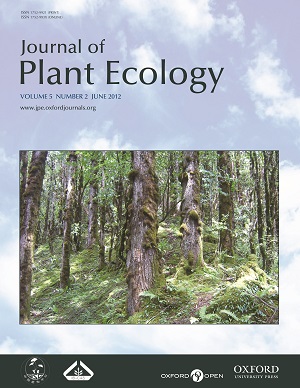Current Issue
-
 Volume 5 Issue 2
Volume 5 Issue 2
The picture was taken in Dingjie County of the Mt. Everest Nature Reserve on the southern Qinghai-Tibetan Plaeau, duringthe summer of the 2007. It depicts an overview of the under forestry conditions of the East Himalaya Fir (Abies spectabilis) dominated forest with an elevation ~3700m a.s.l.. Broadleaf trees, including Acer and Betula also occurred in rare number.
IF: 3.9
CiteScore: 5.7
CiteScore: 5.7
Editors-in-Chief
Yuanhe Yang
Bernhard Schmid
Yuanhe Yang
Bernhard Schmid
CN 10-1172/Q
ISSN 1752-9921(print)
ISSN 1752-993X(online)
ISSN 1752-9921(print)
ISSN 1752-993X(online)







